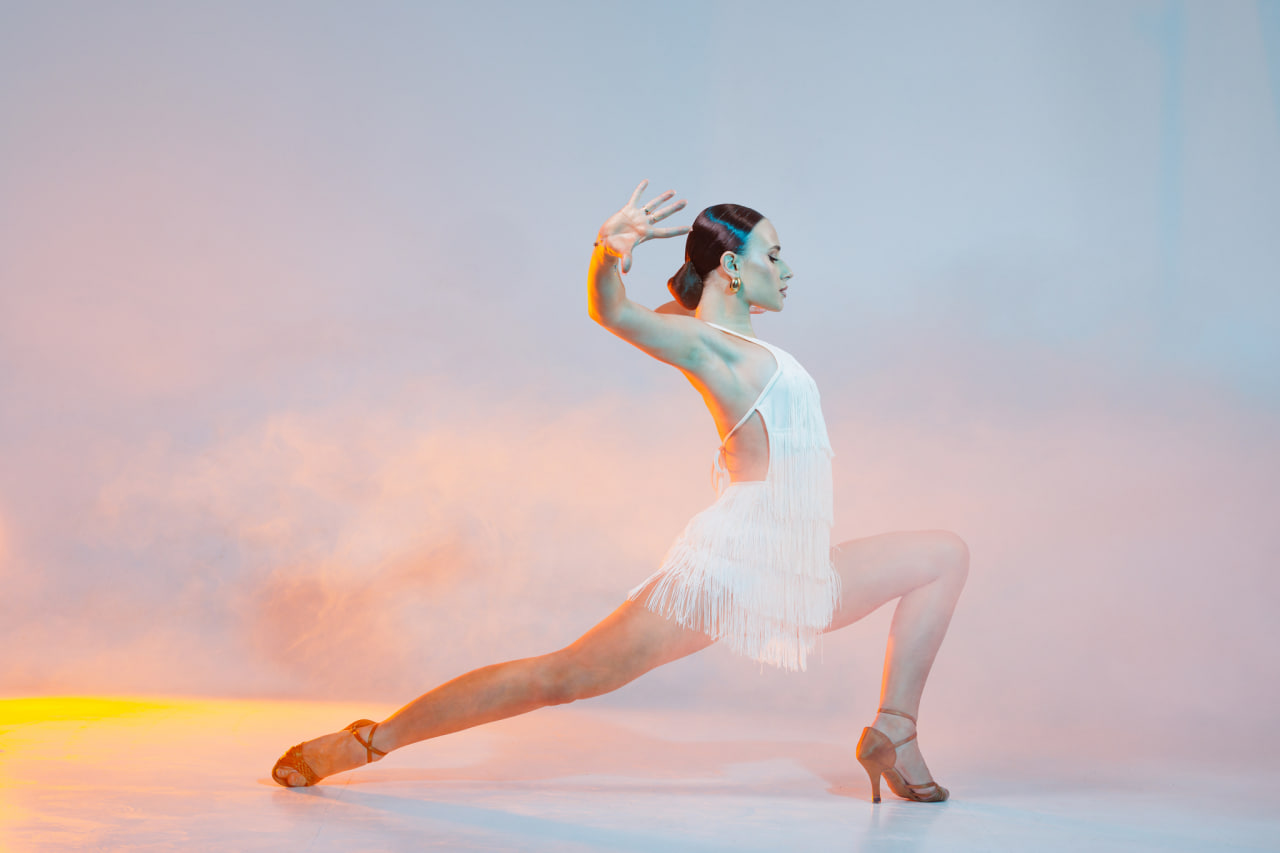In ballroom dance, posture and poise are the cornerstones of elegance, control, and confidence. Regardless of the style—whether waltz, tango, foxtrot, or cha-cha—how a dancer carries their body affects not only their appearance but also their balance, movement efficiency, and overall performance quality. Mastering posture and poise is therefore one of the first and most important steps in becoming a skilled and expressive ballroom dancer.
The Importance of Posture in Ballroom Dance
Posture in ballroom dance is more than standing up straight. It involves aligning the spine, shoulders, head, and core to create a stable yet flexible frame. Proper posture enables smooth movement, better control during turns and spins, and improved connection with a partner.
A dancer with strong posture projects confidence and grace, which immediately enhances the visual appeal of every step. Conversely, poor posture can make movements look rigid, uncoordinated, or less elegant. Maintaining alignment also prevents strain and injuries, allowing dancers to practice and perform safely over the long term.
Key Elements of Poise
Poise refers to the dancer’s ability to move gracefully, maintain balance, and project confidence through body language. It is a combination of physical control, awareness, and expressive presence. Key aspects include:
- Head Position – The head should remain lifted, with the gaze forward, conveying confidence and focus.
- Shoulder Alignment – Shoulders should be relaxed and slightly back, avoiding tension or slouching.
- Core Engagement – A strong core provides stability, improves balance, and supports fluid movement.
- Arm and Hand Placement – Arms should flow naturally while maintaining frame, with hands and fingers relaxed and expressive.
Techniques to Improve Posture and Poise
Consistent practice is essential for developing posture and poise. Exercises such as standing against a wall to align the spine, practicing slow turns, and holding a dance frame for extended periods help dancers build muscle memory. Strengthening the core, back, and leg muscles also supports proper alignment and balance.
Mirror work is another powerful tool. By observing their own posture and movements, dancers can correct misalignments, refine gestures, and develop a more graceful presence. Practicing with a partner adds an additional layer of awareness, as maintaining frame and connection requires attentiveness and subtle adjustments.
Posture and Partner Connection
In ballroom dance, posture directly affects how well partners connect and move together. A stable, aligned frame allows for smoother leading and following, better timing, and more harmonious movement. Maintaining poise ensures that movements look effortless, even during complex spins, lifts, or transitions.
Good posture also communicates trust and professionalism to a partner, making both dancers feel more comfortable and confident on the dance floor. This connection enhances the performance for both participants and observers.
Developing Elegance Through Practice
Elegance in ballroom dance comes from combining technical precision with expressive movement. Beyond correct posture and alignment, dancers must pay attention to rhythm, flow, and style. Practicing slow, controlled movements while focusing on maintaining a graceful frame helps internalize poise. Gradually increasing speed and complexity while preserving control and elegance builds confidence and fluidity.
Observing experienced dancers and incorporating their techniques into practice sessions can also accelerate learning. Paying attention to the subtle ways they carry themselves, move through transitions, and engage with their partner provides valuable inspiration and guidance.

